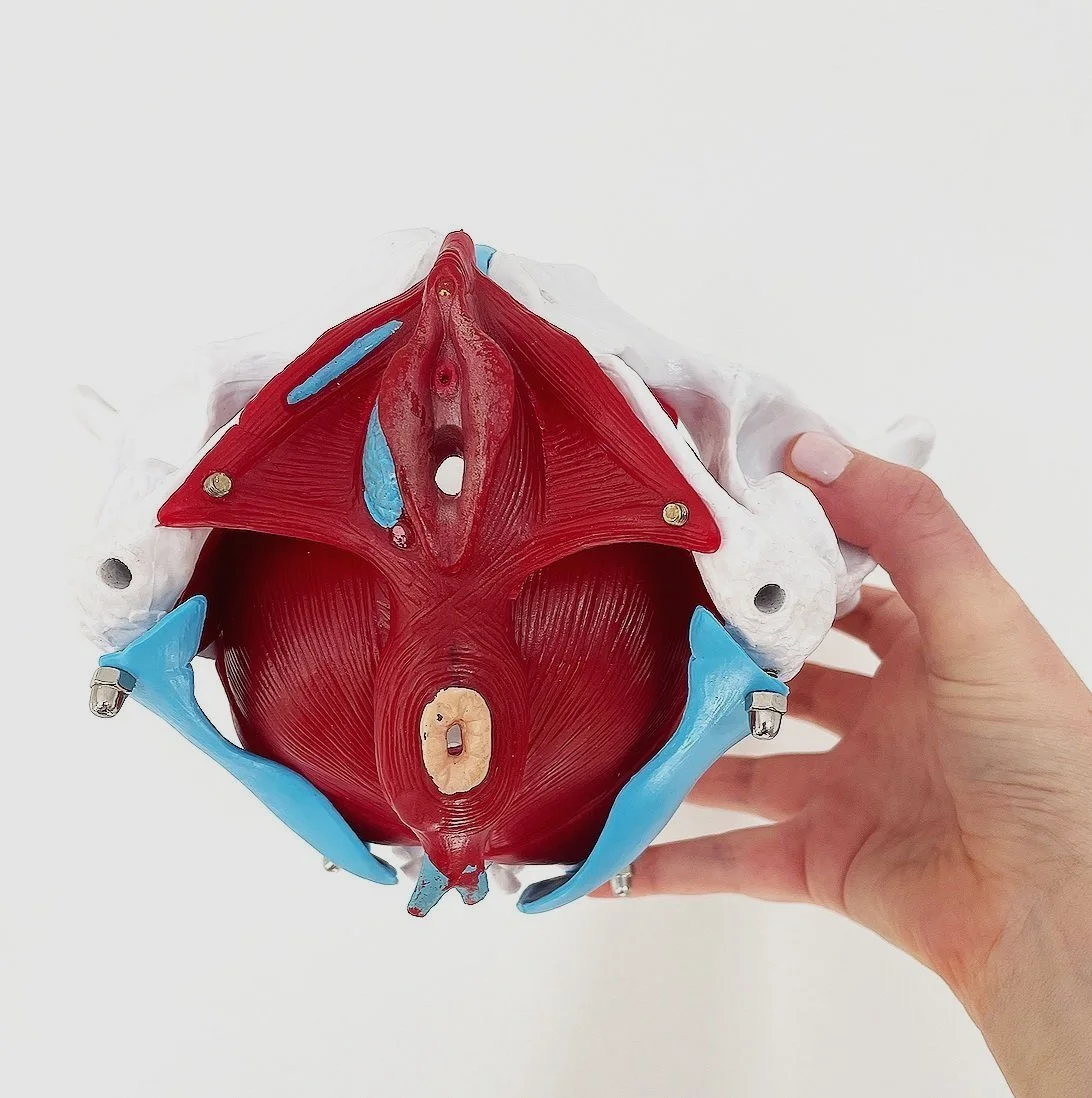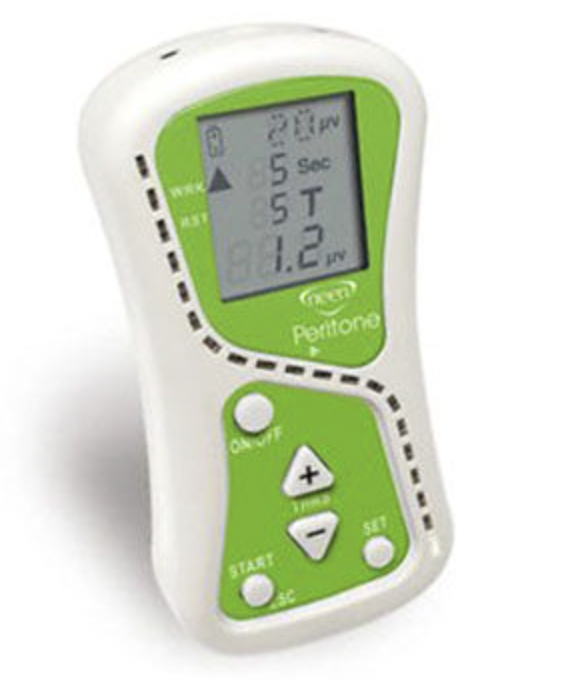
Bowel Incontinence
Poor bowel control can cause a lot of anxiety and affect your quality of life. 1 in 20 Australians have bowel control problems.
Common Bowel Symptoms
Faecal incontinence: the inability to control bowel movements, causing stool (faeces) to leak unexpectedly from the rectum. This is often due to poor control of the pelvic floor muscles which are unable to hold the anus closed until an appropriate time to defecate.
Faecal urgency: a strong desire to defecate which is difficult to defer and may result in faecal incontinence if a bathroom is not readily available. This is often due to weak pelvic floor muscles or loose bowel movements.
Flatus incontinence: accidental or involuntary loss of wind from the bowel often due to weak pelvic floor muscles and / or poor sensation in your rectum.
Faecal staining: noticing small amounts of stool on your underwear immediately prior to, or soon after, passing a bowel movement. This may be due to poor emptying of your bowel, weak pelvic floor muscles or your bowel movement type (i.e. too hard or too loose).
Constipation: infrequently passing bowel movements or experiencing difficulty passing bowel movements, that may or may not be accompanied by pain and/or straining, and may require the person to use their finger to help evacuate their bowel. This can be due to slow transit of the bowel movement through the colon causing hardened bowel movements or can also be due to an obstruction at the anus (e.g tight pelvic floor muscles or a prolapse) which can prevent the bowel movement from emptying properly.
Incomplete emptying: the inability to fully empty the bowel which may be due to constipation.
Do you suffer from any of the above symptoms? If so, download a free copy of our Bowel Treatment Plan below to understand your treatment options and how women’s health physiotherapy can help manage your symptoms.
What is ‘normal’ for your bowels?
The following are signs of a healthy bowel:
You pass bowel movements frequently (i.e. anywhere from 3 times a day to once every 3 days)
Your bowel movements are well formed, smooth and soft (type 4 on the Bristol Stool Chart)
You are aware of when you need to pass a bowel movement
You are able to hold on for a short time from when you first feel the urge
You are able to easily empty your bowels in less than 1 minute, without straining or needing to use your finger to assist the bowel movement out
You completely empty your bowel when passing a bowel movement
You do not have pain with passing a bowel movement
Physiotherapy Management
-

Dietary modifications
FLUID & FIBRE MANAGEMENT
-

Lifestyle advice &education
ROUTINE TO PROMOTE REGULAR BOWEL MOVEMENTS
-

Defecation retraining
HOW TO PASS A BOWEL MOVEMENT EFFECTIVELY
-

Pelvic floor program
IMPROVE BOWEL CONTROL AND EVACUATION
-

Pelvic floor biofeedback
BUILD PELVIC FLOOR AWARENESS
Biofeedback
What is Biofeedback?
Biofeedback is a mind-body technique that uses sensors attached to your body to detect physical functions. The sensors then give visual and auditory feedback to help you better understand how much or how little of that function you are performing.
In regards to bowel incontinence, we use biofeedback to understand your pelvic floor function. We want our pelvic floor muscles to be ‘on’ when we are holding bowel movements in and ‘off’ when we are evacuating our bowels.
We use two small electrode pads placed at the entrance to your anus to pick up how ‘on’ or ‘off’ your pelvic floor muscles are. The pads then feed this information into a machine which beeps and flashes a light the more ‘on’ your pelvic floor is. This ‘feedback’ from the machine helps you to gain a greater awareness of your pelvic floor muscle function so that you have better control over it.



